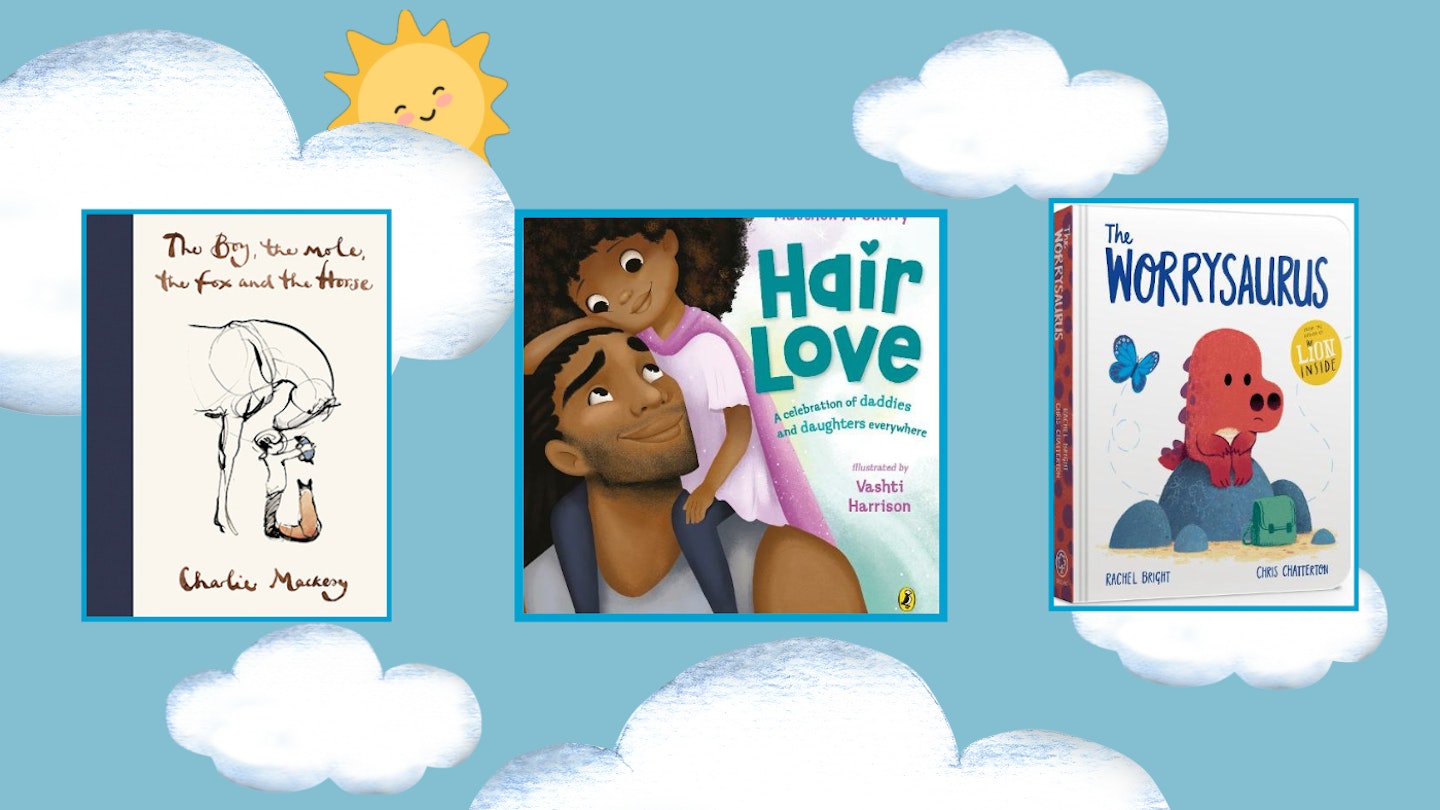Wellbeing books for kids for kids are a great way to bond with your child, but they’re also brilliant for teaching them about themselves, important topics and the world around them.
We all know how important it is to take care of our mental health and, as an adult, we are better equipped to deal with emotions like stress and anxiety. But, for a child, it can be very difficult to navigate and manage these feelings.
The best wellbeing books for kids at a glance:
-
Best overall wellbeing book for kids: I Am Human: A Book of Empathy - buy on Amazon
-
Best for dealing with emotions: Ruby Finds a Worry - buy on Amazon
-
Best for kindness: Listening with My Heart - buy on Amazon
This is why we’ve rounded up the best wellbeing books for kids, because it can be a useful tool in helping your child understand their feelings and provide them with an opportunity to talk through their emotions, while giving them the confidence to tackle situations as they arise.
If your child prefers to get a little more 'stuck into things', then we've also rounded up the best mindfulness colouring books, so that they can express their feelings through creativity and wellbeing books for kids.
The best wellbeing books for kids in detail
Best for children who worry
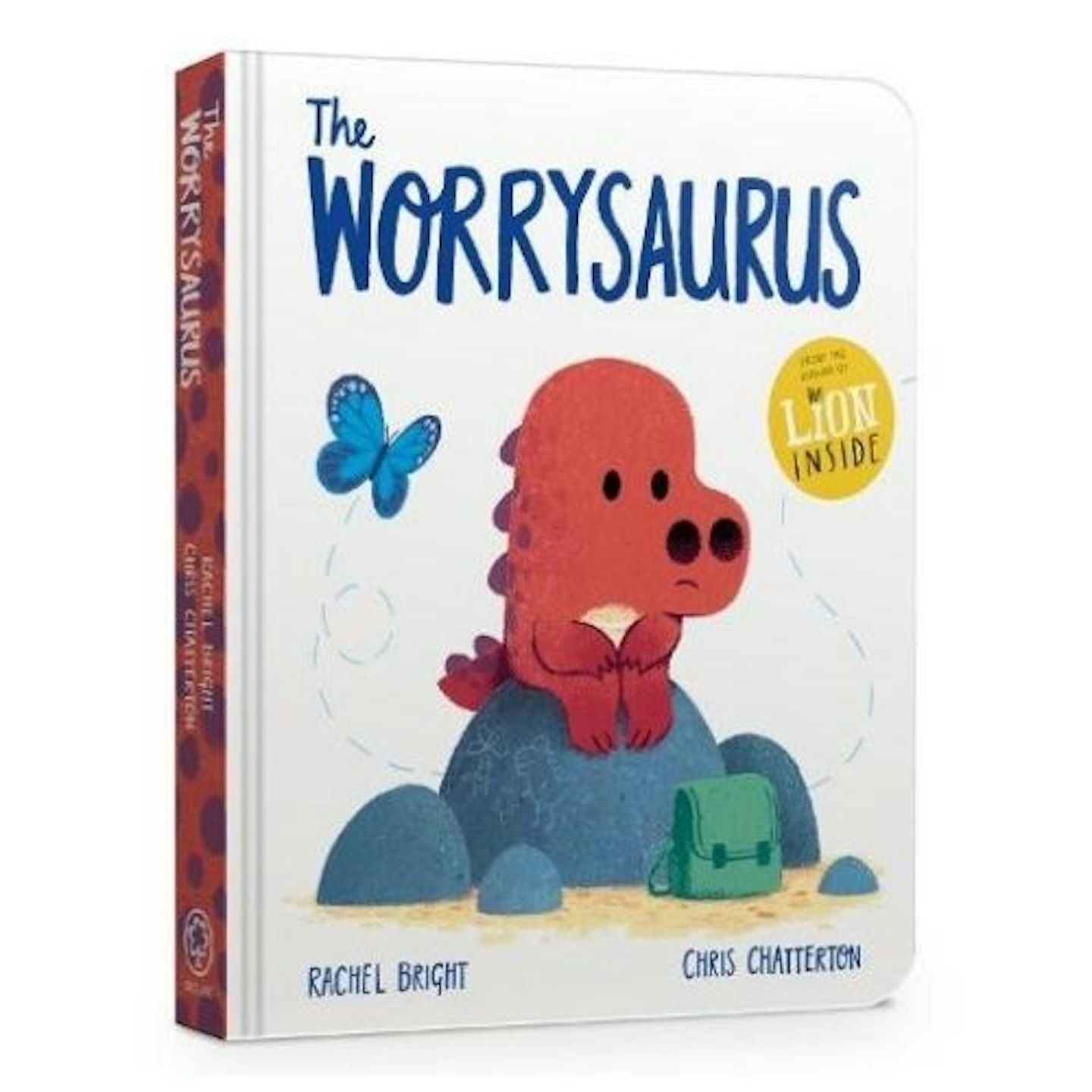 Waterstones
Waterstones www.waterstones.com
This colourful wellbeing book for kids is perfect for any child who suffers from worrying. It tells the tale of an anxious dinosaur who's trying to enjoy a picnic, but his worries keep getting the better of him. Will he be able to let go and just have some fun? It explores how to tackle anxiety and fears through a child-friendly and comforting approach. The little Worrysaurus is a lovable dinosaur who loves planning perfect days but sometimes gets overwhelmed by worries. With its rhyming text and playful illustrations, the book captures kids' attention and makes tricky emotions feel manageable and relatable. It subtly introduces mindfulness techniques, like focusing on happy thoughts and staying present in the moment, skills even the tiniest readers can begin to pick up. One parent buyer, in love with the illustrations said: "The pictures and story make this book just perfect and a brilliant addition to your bookshelf."
Best for teaching self-acceptance
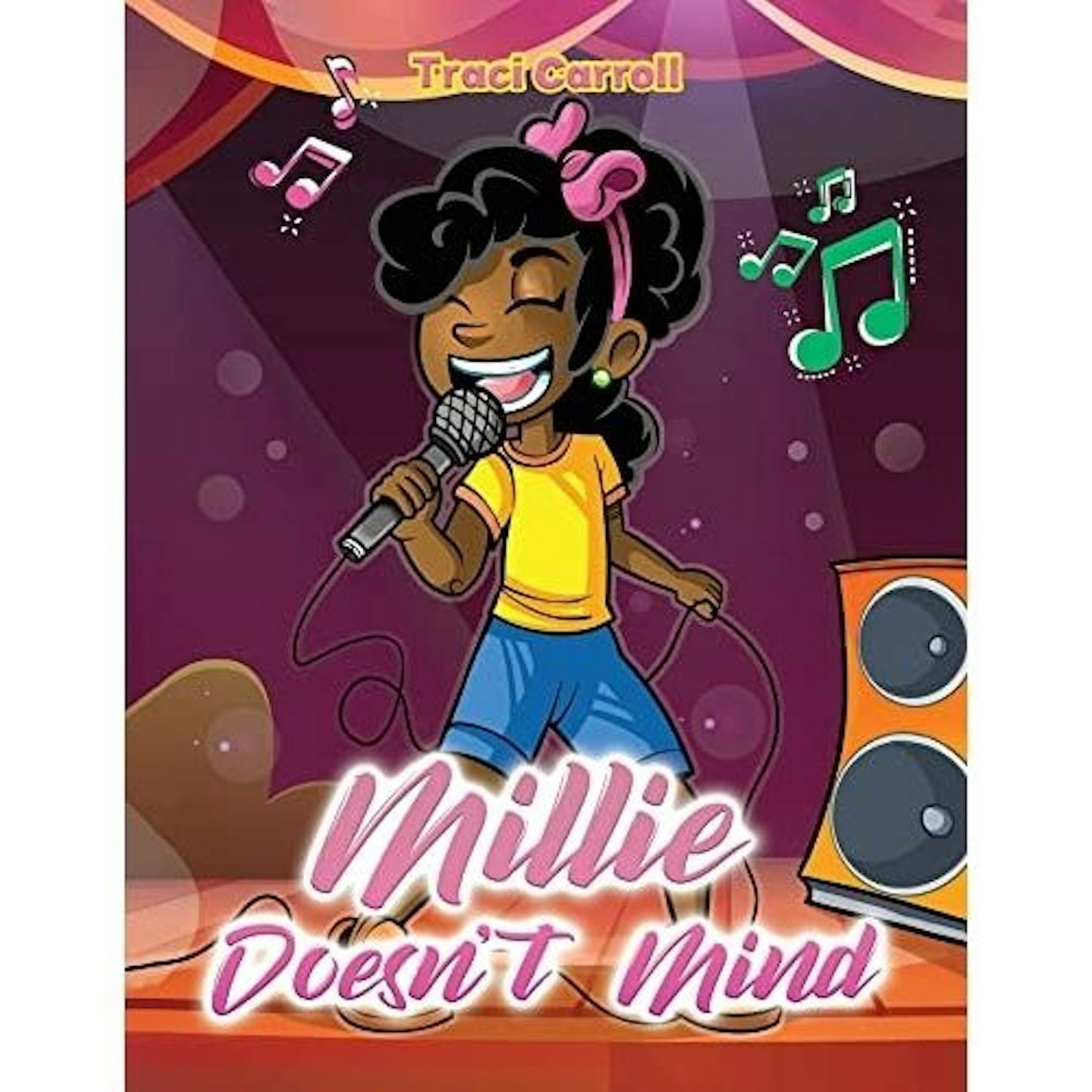 Amazon
Amazon This is a vibrant book full of colour, personality and character. Millie Doesn't Mind tells the journey of one little girl's self-discovery of where she comes from. This semi-autographical story of courage and strength is a perfect way to bring about awareness and inclusion. This is a thought-provoking book which will help you to start discussions with your little one about diversity and 'fitting in'. Bright, cheerful illustrations and relatable situations make Millie Doesn’t Mind a joy to read aloud. It also offers a great opportunity to chat with your child about problem-solving, staying positive, and embracing flexibility and skills that help set the foundation for a happy and confident mindset.
This book is especially brilliant for toddlers and preschoolers who are learning to navigate small frustrations and big feelings. Whether you read it at bedtime or during a quiet afternoon cuddle, this book is sure to leave everyone smiling and feeling a little more like Millie. In awe with the message that it conveys, one buyer said: "Fantastically written book, such an important book and message, beautifully presented book, the imagery is superb as well."
Best for teaching your child that you are proud of them
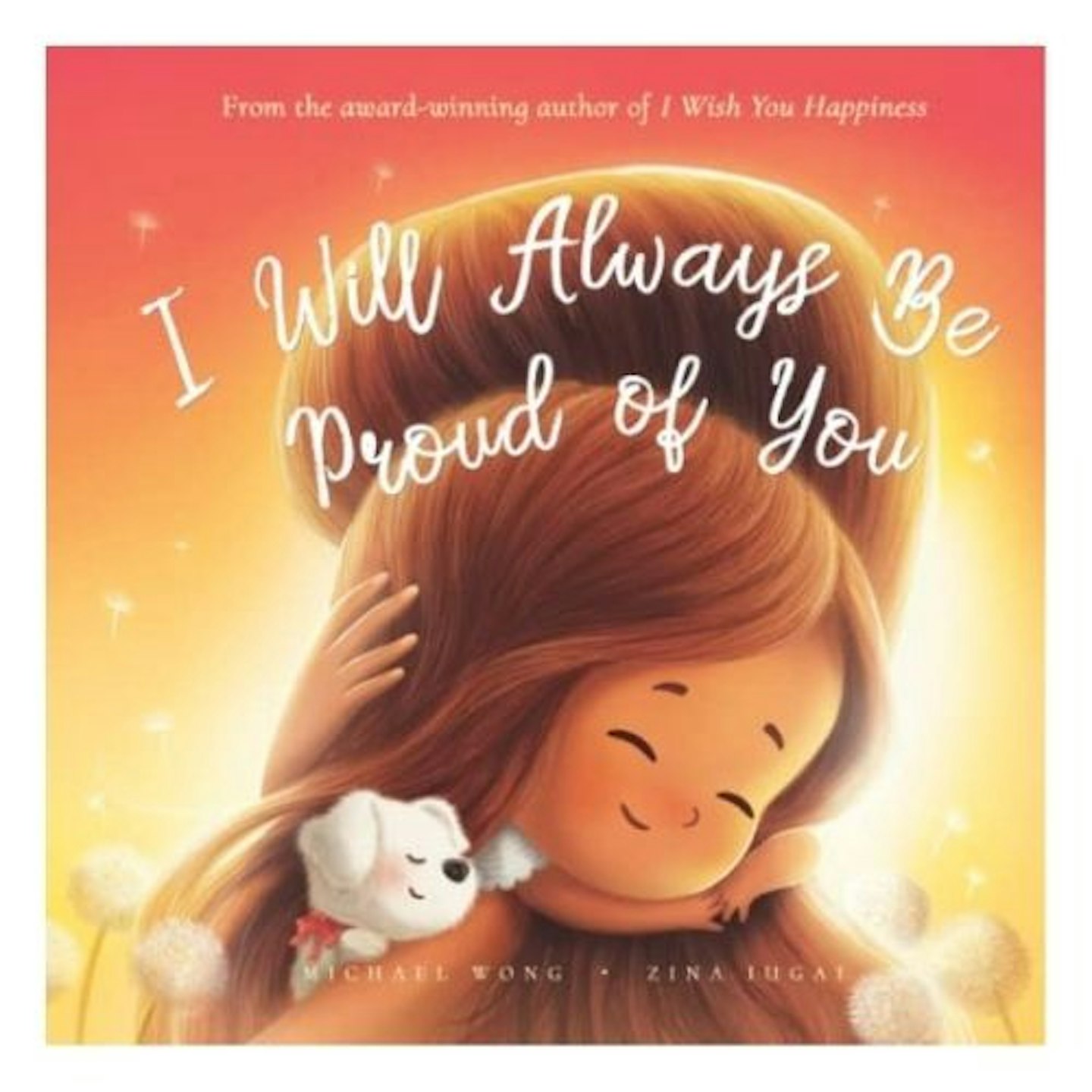 Amazon
AmazonThis is a beautiful book packed with colourful and bright pictures. I Will Always Be Proud of You has diverse and inclusive characters which will be relatable to many children. The focus of this book is to teach your child that no matter what, you are always proud of them, and we absolutely love it. This book is great for teaching your child to be confident in their true self. With lyrical, soothing text and stunning illustrations that radiate warmth, I Will Always Be Proud of You is ideal for bedtime or quiet moments together. It opens the door for meaningful conversations about self-worth, individuality, and the deep bond between parent and child. One parent review, happy with the imagery used said: "Such precious words and captivating illustrations! Beautifuly shows the proudness of parental love. My 8 month old son was totally hypnotised from start to finish and sure he will be for many years to come."
Best for teaching empathy
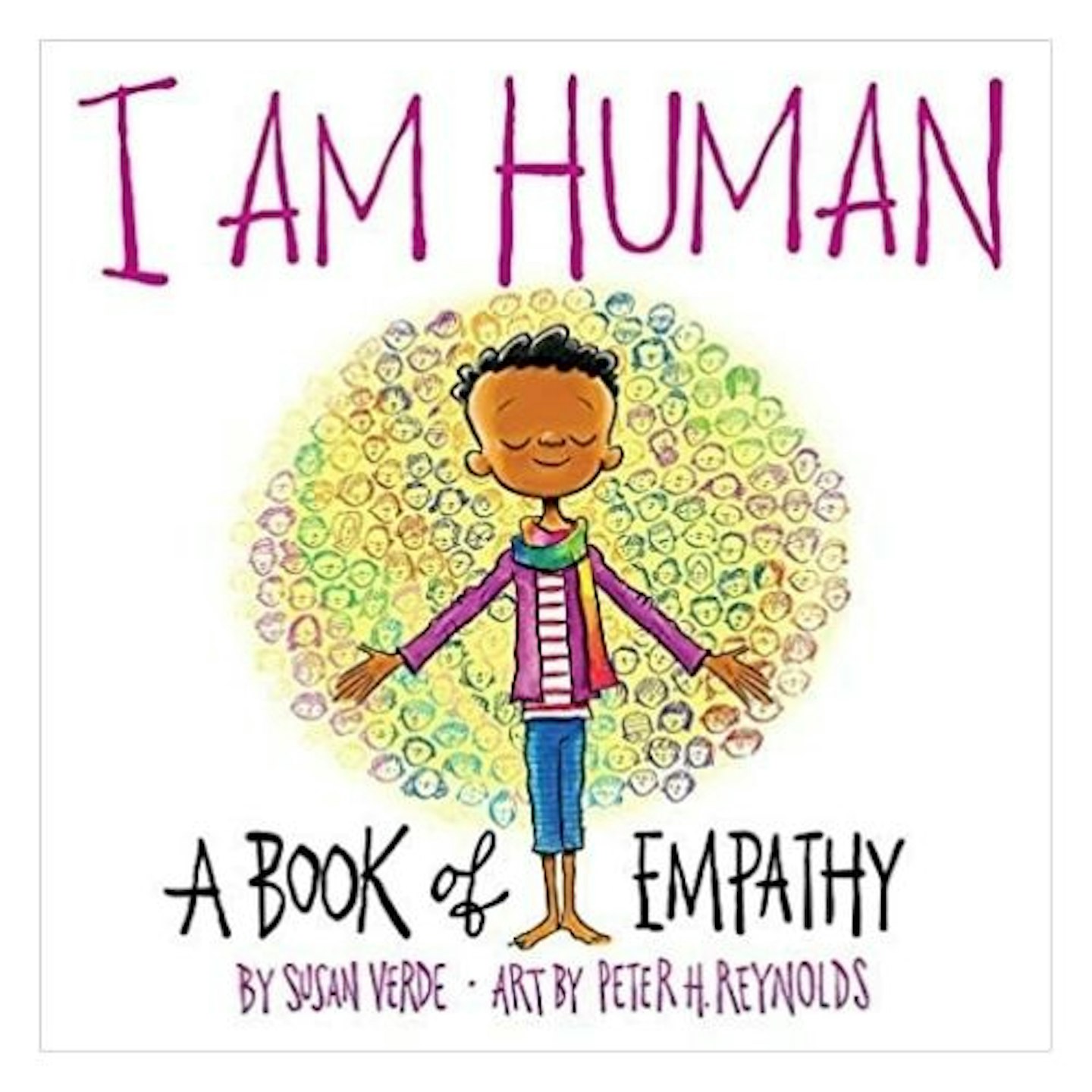 Amazon
AmazonI Am Human teaches your child that it’s ok to make mistakes. It's a bright and brilliant book full of kind words. This book teaches your child the power of saying “I’m sorry” and how to be kind to others. The uplifting tone and relatable messages in I Am Human make it perfect for toddlers, preschoolers, and early readers. It’s more than just a story; it’s a conversation starter about emotions, actions, and how we can all make the world a better place. Reading it together helps children develop emotional intelligence and reminds them that even on tough days, they can always strive to be their best selves. One parent review, who adored the colours used said: "Absolutely beautiful book for children and babies. Lovely illustrations and kind words, must have! Highly recommend."
Best story for dealing with emotions
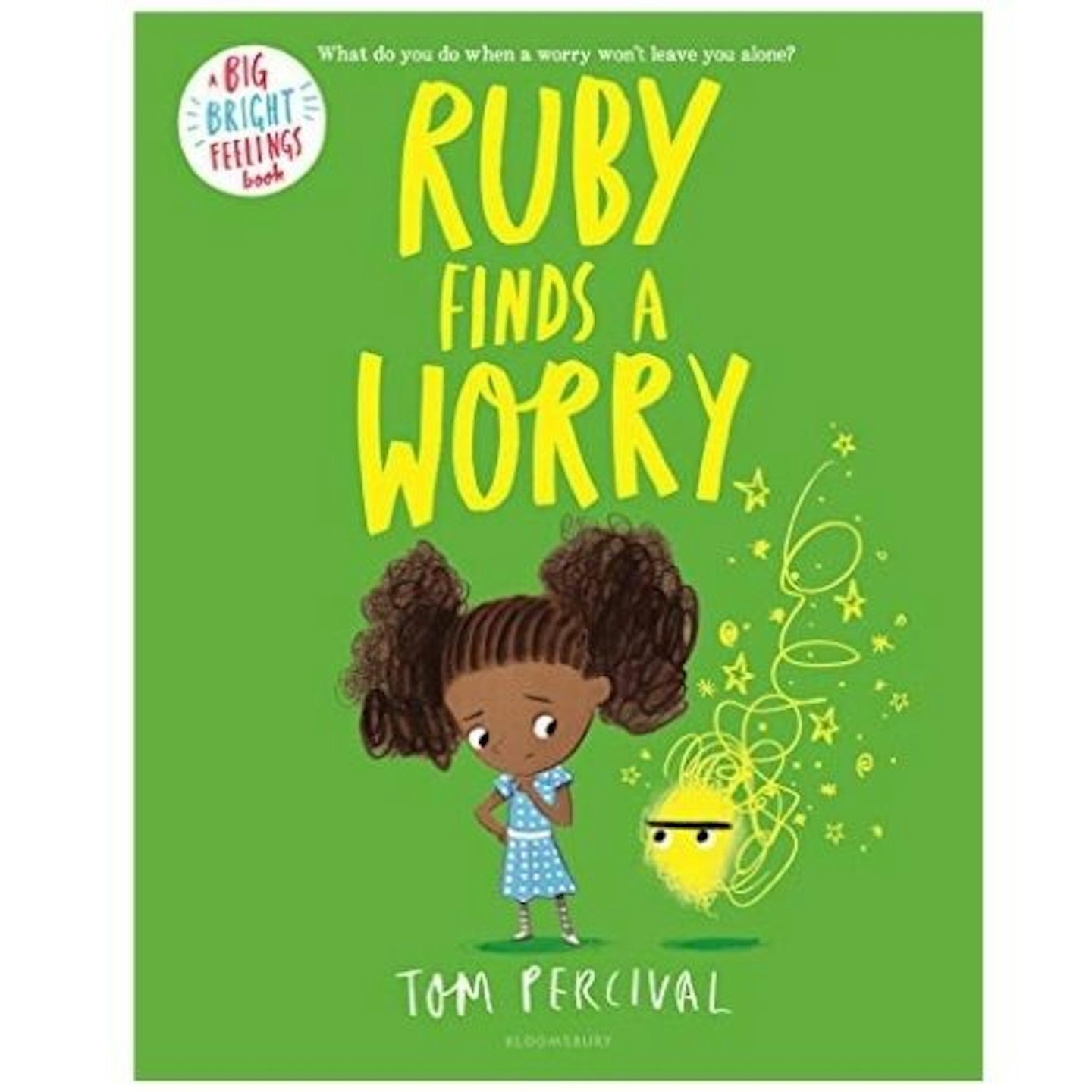 Image: Amazon
Image: AmazonThis story is a great way to teach your child about their big emotions and is written in an understandable, child-friendly tone. Ruby Finds a Worry explains how to deal with emotions like anxiety, stress and worry. It is thoughtful, colourful and engaging for children of all ages. This book is especially helpful for children who might feel overwhelmed by new situations or changes in their routines. Whether you’re preparing your child for school, a big move, or simply navigating everyday emotions. Also, a wonderful tool to help them feel seen, understood, and supported, making it perfect for toddlers, preschoolers, and early readers. It also helps little ones develop emotional intelligence and recognize that it’s okay to ask for help. The vibrant illustrations capture their attention, while the relatable storyline sparks meaningful conversations about emotions, resilience, and self-expression. One parent, who bought this book for their little one said: "I love that this book shows that everyone can have a worry from time to time, but talking about it with someone you trust can help ensure the worries don’t hang around for long."
Best story of kindness
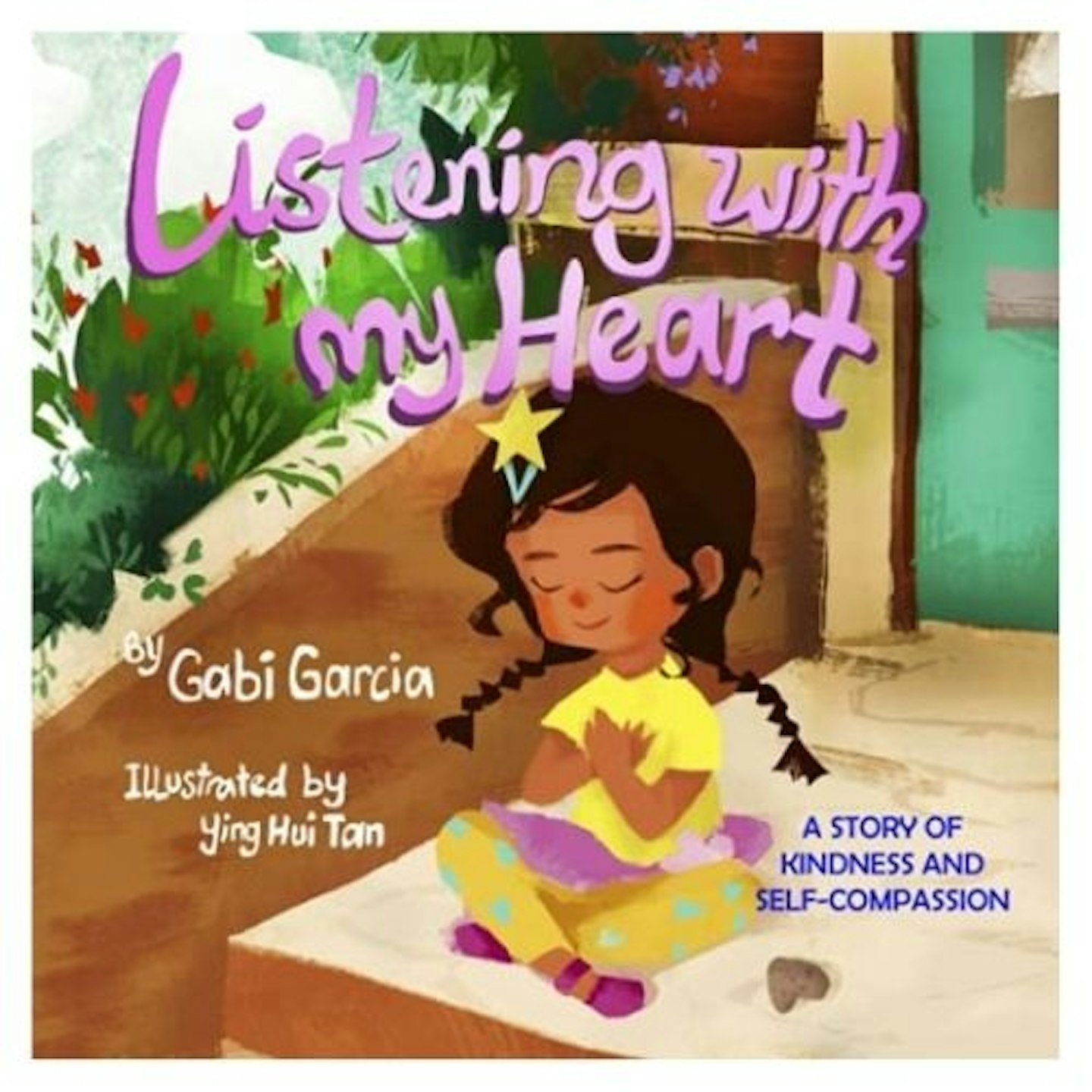 Image: Amazon
Image: AmazonThe story follows Esperanza, a sweet and relatable character, as she learns the importance of self-compassion. When she feels disappointed in herself after making a mistake, Esperanza discovers that the same kindness she shows her friends can be extended to her own heart. A fantastic book for teaching children how to show kindness, not only to others, but to themselves. It's perfect for a child suffering from low self-esteem, critical thinking or worry. This book is more than just a story, it’s a guide to raising confident, emotionally aware children who understand the value of caring for their own hearts as much as they care for others. Whether it’s a bedtime read or a tool for navigating those challenging moments, Listening with My Heart is a treasure that will leave a lasting impact on your child’s emotional well-being. One parent review said: "Such a beautiful life lesson for children. We’ve bought most of the books by this author now. They have such powerful lessons for children."
7.
Hair Love
Best self-esteem book
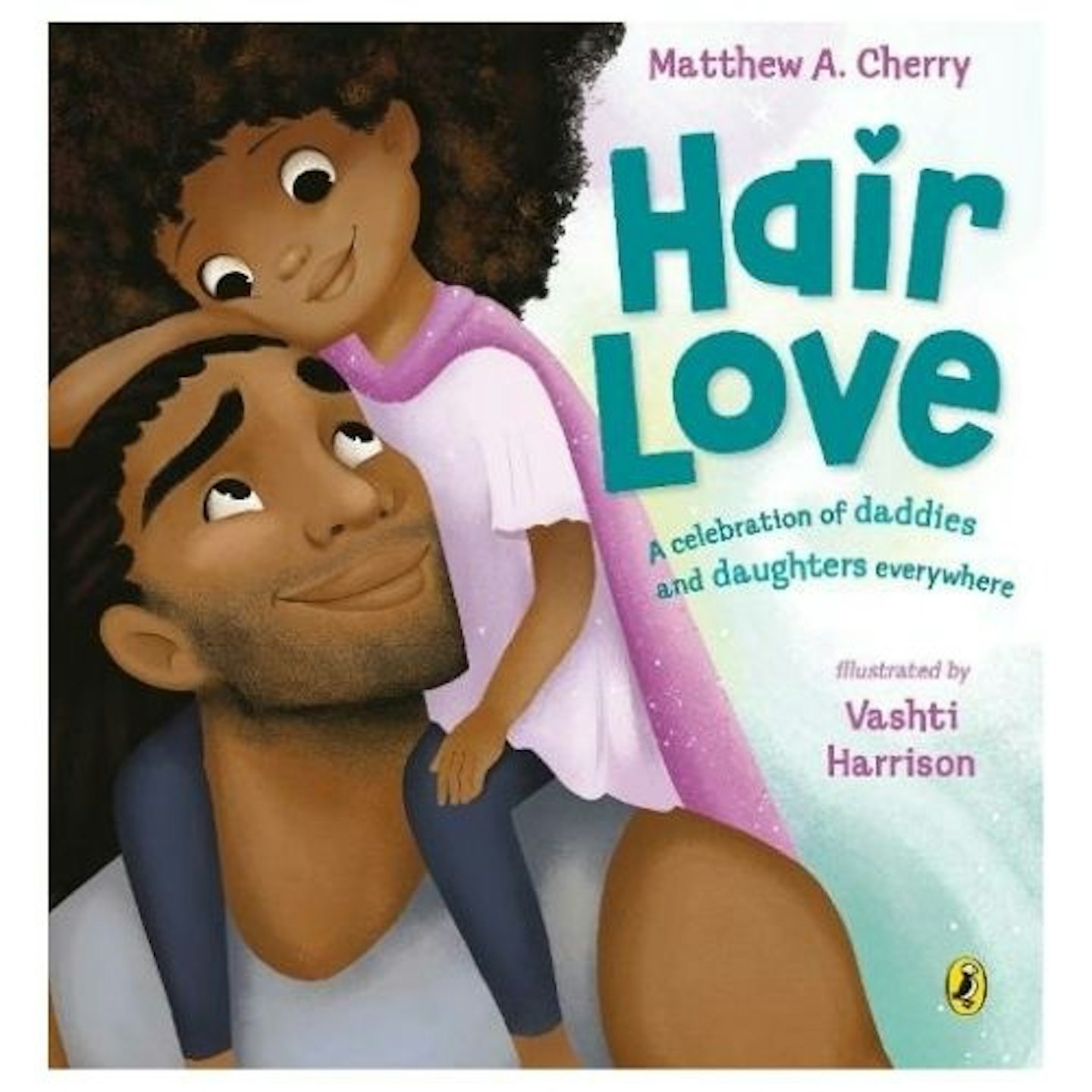 WHSmith
WHSmith www.whsmith.co.uk
We love this book — it's a beautiful story of identity, culture and acceptance. As well as exploring themes of family, it also covers topics such as self-esteem and pride. Hair Love is the story of a father trying to learn to style his African-American daughter's hair. We adore this feel-good tale. What really sets Hair Love apart are the vibrant illustrations that capture the magic of the story. Little readers will be drawn to the colourful, playful art that brings Zuri’s world to life, and they’ll be inspired to embrace their own unique beauty. It is also great for sparking conversations about self-confidence, and identity but also for celebrating the beauty of diverse families, and It’s particularly meaningful for families raising Black and biracial children, as it offers representation that’s still too rare in children’s literature. One who got this for her little one, to help embrace her hair parent said: "My daughter went through a phase or not liking her hair due to the lack of diversity in her school, after purchasing this book and other similar books, her self love improved."
Best mindfulness exercises
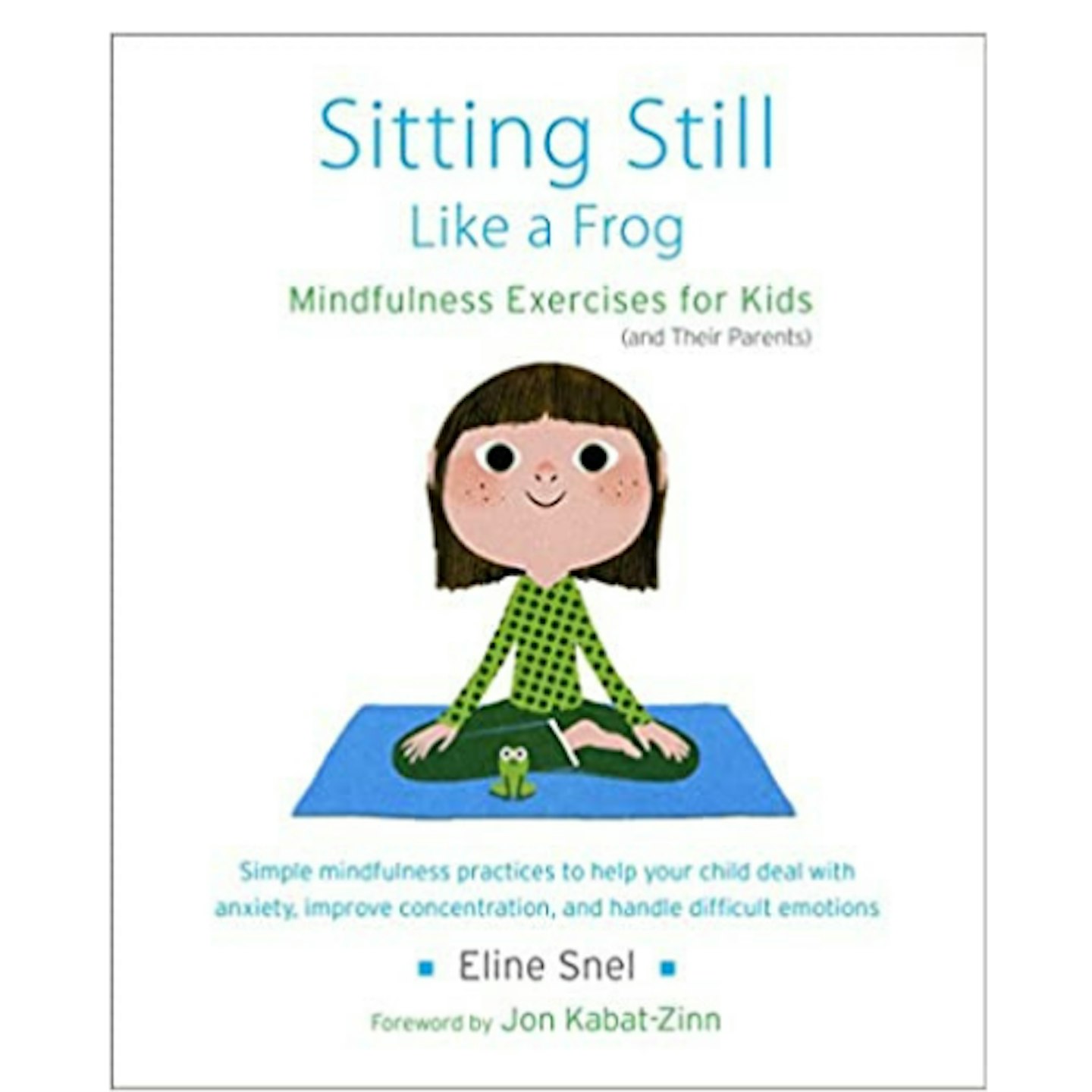 Amazon
Amazon This book is full of mindfulness practices that you can do with your child at home. It includes a CD audio that talks you through the meditational exercises. It's a simple and effective way to implement mindfulness techniques into your child's life to improve their overall wellbeing. This beautifully simple book introduces mindfulness in a way that’s engaging and relatable for young minds. Through fun exercises and guided practices, children learn to slow down, notice their feelings, and find ways to handle stress, worry, or even those wiggly moments when sitting still feels impossible. It’s like giving your little one a toolkit to navigate life’s challenges with confidence and calmness. One parent, happy with the audio and book said: "Lovely book and CD to listen to. My Daughter was struggling to sleep and this helped calm her a little and relax us both before bed. Also was nice for us to sit and do this together which we then chatted about after."
Best for teaching about friendship and love
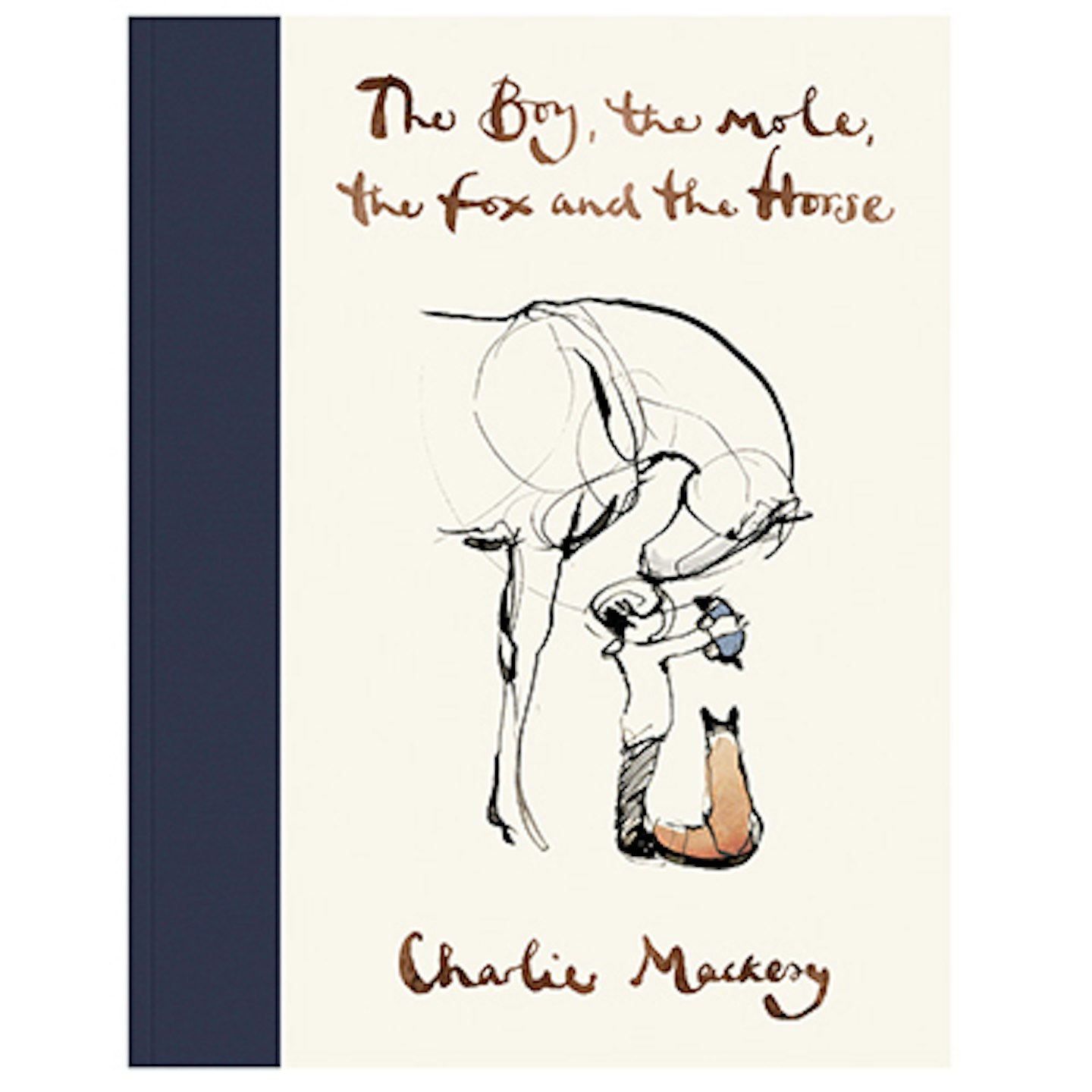 Amazon
Amazon Charlie Mackesy's beautiful ink sketches and writing tell the tale of four unlikely friends — a boy, mole, fox and horse — who, together, learn about their strengths, weaknesses and emotions. Suitable for adults and children, the main message to take away from this heartwarmining story is that nothing is more important than love. What makes Sitting Still Like a Frog especially brilliant is how it empowers both kids and parents. The exercises are easy to incorporate into everyday routines, whether it’s a bedtime wind-down or a way to handle those big emotions during the day. The accompanying audio tracks are a bonus, offering soothing, step-by-step guidance that helps everyone, and even grown-upp, to learn to pause and breathe. One gradnparent, who purchased this for her grandchild said: "Absolutely love this book which I bought for my grandson! It is insightful and joyous. Full of love.:
Best feelings activity book
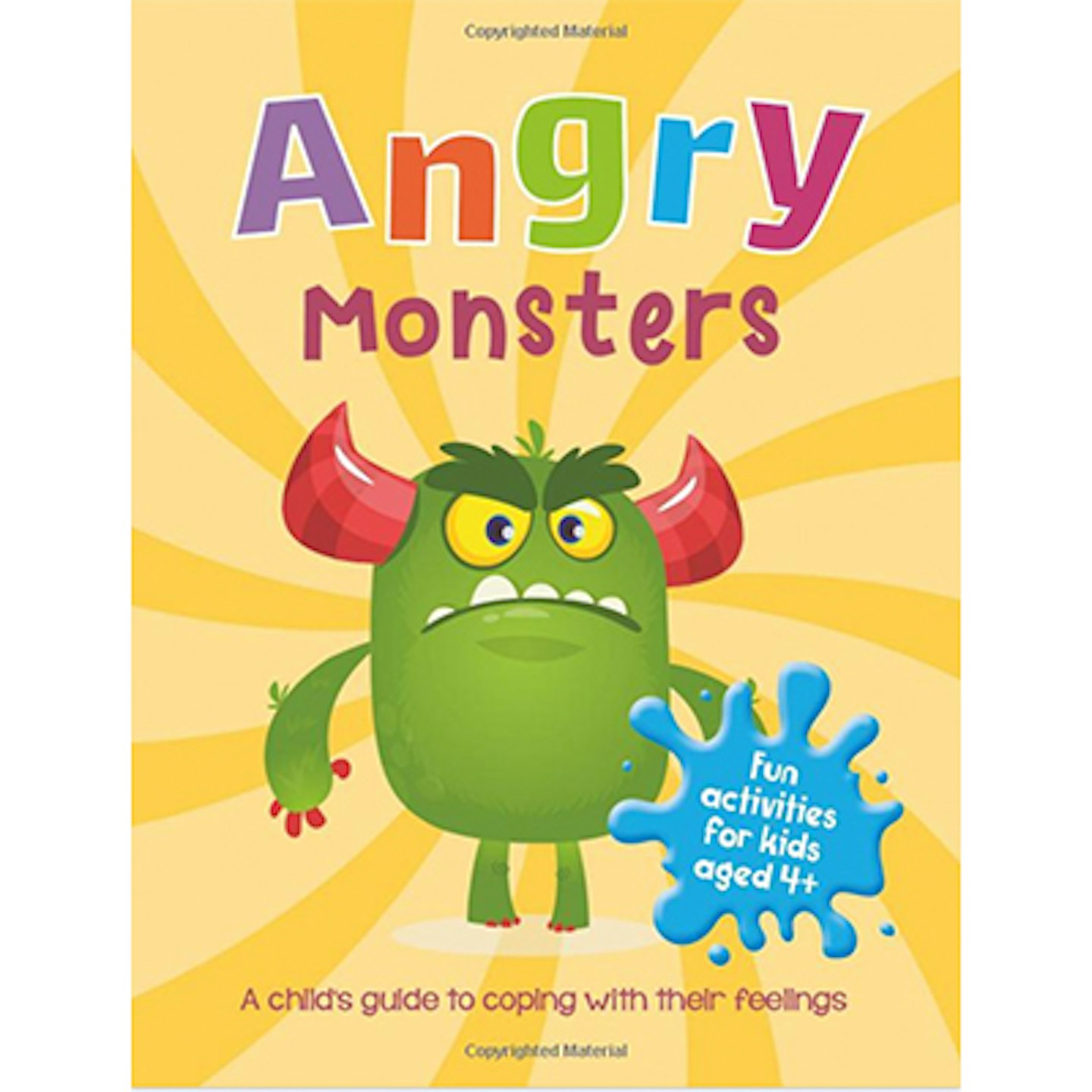 Amazon
Amazon This new activity book is available to pre-order and provides a great opportunity to sit down with your child and to really understand how they've been feeling. It will guide you both through a range of simple exercises that you can complete together and teach them how to find moments of calm and let go of feelings of sadness. It's also been reviewed by a child psychologist, and there are explainers throughout, just in case your child has a question, or two, about the activities. And, if your child loves getting stuck into drawing and stickers, then we've also rounded up the best toddler activity books, which will also help them to relax and be present in the moment.
11.
It's OK to Cry
Best book for boys
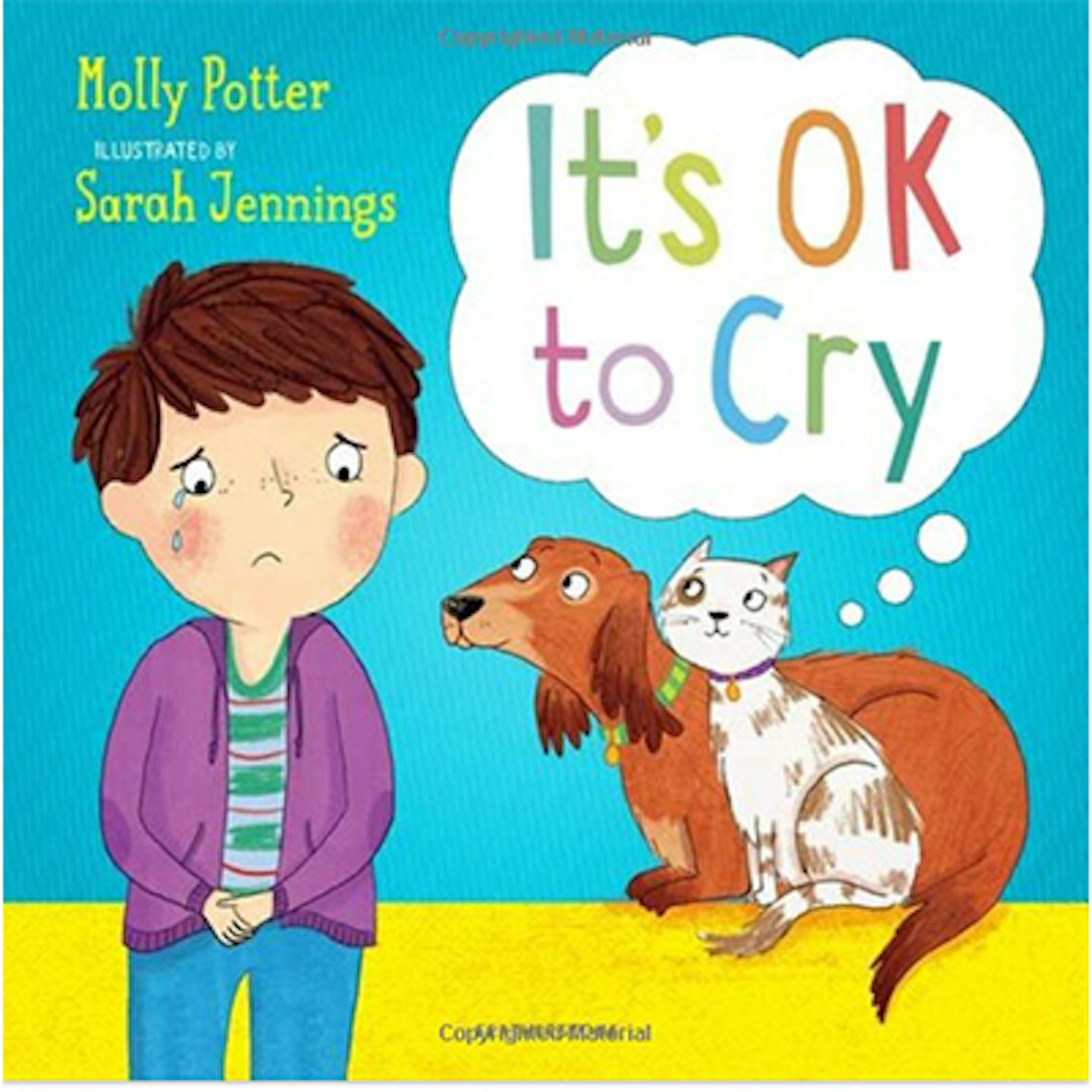 Amazon
Amazon While we all need to know that crying isn't a sign of weakness and is perfectly normal, this children's book is aimed more at young boys, as there's still a stigma attached around men showing their emotions. However, it is still suitable for everyone. Written by best-selling author, Molly Potter, It's Ok to Cry is full of colourful illustrations and does what its title says — it teaches us how to deal with different emotions and that it's ok, especially if we do cry. This wonderfully thoughtful book reassures kids that all feelings are normal, whether they’re happy, sad, angry, or scared. Through relatable examples and vibrant illustrations, it helps children identify and name their emotions while offering simple, practical strategies to manage them. It’s like giving your child a roadmap for their inner world—one that makes emotional intelligence feel approachable and fun. Bought for her son who struggles with outbursts, one parent said: "A perfect wellbeing book for kids. My son has been struggling with some behavioural issues, outburst etc. We read this to him regularly and it seems to be really helping him understand why he might be feeling certain emotions, which helps him in dealing with them. Nice pictures as well."
How to teach your child child about emotions
Why wellbeing books for kids? as a parent, you are responsible for your child’s wellbeing. That can feel like a lot of pressure. No one wants to deal with a toddler meltdown. Managing your toddlers emotions can be difficult. But parents need to instil positive wellbeing in children from an early age. So that they can grow confidently and feel secure. Here are our top tips for talking to children about emotions:
• Have open and honest conversations: Try to get your child to describe how they are feeling and listen to their answers without anger or judgement.
• Share appropriate stories of your own experiences: Help them understand by giving examples of a time you felt this way.
• Teach your child the different types of emotions by name: This is so that they are easier to recognise next time they pop up.
• Reassure your child that it’s okay to feel this way: Hug them and tell them they are loved. There's nothing worse than feeling alone or that your emotions are 'not normal', but a hug and a few words of reassurance to your child will give them a sense of relief and reassure them you are there for them.
How we test and choose recommended products
Our product recommendations are based on a combination of real-world testing from our burgeoning army of mum testers and the extensive knowledge of our experienced editorial team and product specialists. Where we can, we also consult experts who specialise in that field to ensure you get the right advice along with the right product, and we listen to what you say as well.
Our thriving mum community on our Facebook group #mumtribe consistently provides great insights into which products mums like best and why, helping us highlight the products that will meet your needs.
For essential products, our annual Mother&Baby Awards shortlist the top products tested. Full reviews from our mum testers can be found on our product pages. The winners and runners-up for each category will also appear in our top picks article for that product, along with other products that were rated highly by our team.
Hannah James is a Parenting and Lifestyle Writer working across Mother&Baby, Yours and Grazia.
